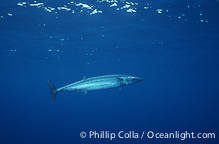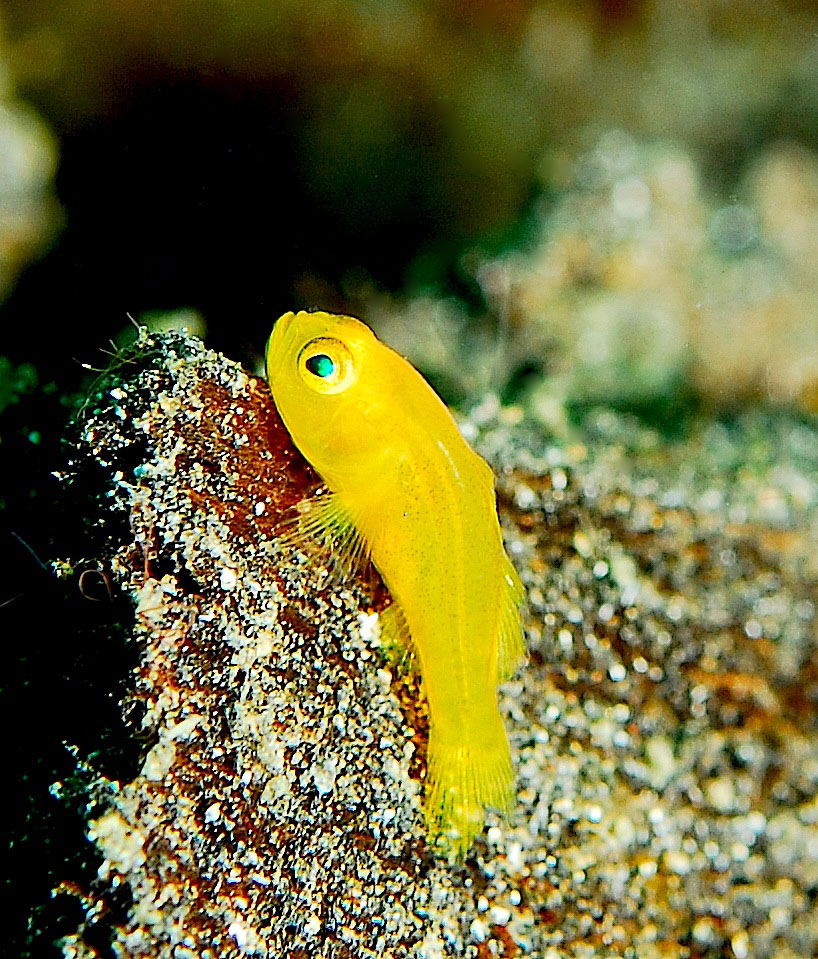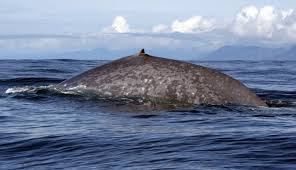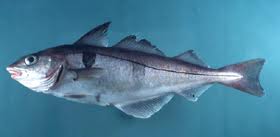Wahoo is a cousin of mackerel and is found in warm oceans around the world. In the Atlantic, they’re harvested commercially in hook-and-line fisheries along the Atlantic coast and Gulf of Mexico. Most wahoo in the U.S. market is harvested in the Pacific and landed in Hawaii, where the fish is called “ono,” meaning “good to eat.”
"While wahoo is believed to be abundant and can support a high rate of harvest, managers have adopted a precautionary approach to managing these fisheries. Recognizing the significant importance of wahoo to the recreational fishing community in the Atlantic and Gulf, managers seek to maintain the current harvest levels of wahoo and ensure that no new fisheries develop to preserve the historical and current allocation of the resource between recreational and commercial fishermen."

Photo Credit: Oceanlight.com
Courtosey NOAA
 Wednesday, October 30, 2013 at 8:47AM
Wednesday, October 30, 2013 at 8:47AM 
 Goby Fish,
Goby Fish,  NOAA FISHERIES,
NOAA FISHERIES,  Wikipedia Tweet
Wikipedia Tweet



